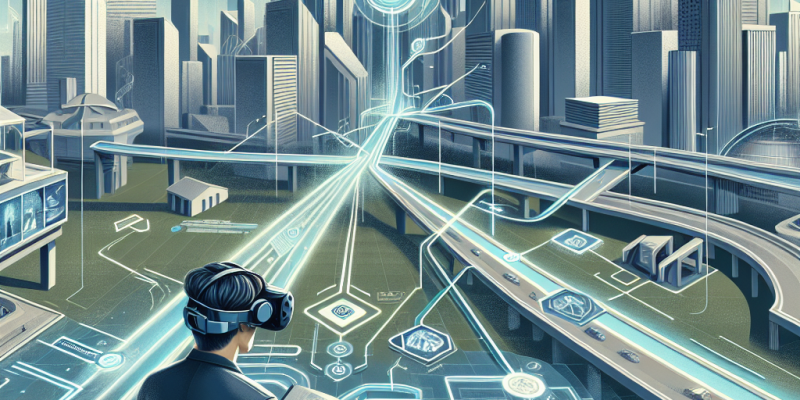Navigating the Future: MFA Innovations and Trends in 2025

As we move deeper into 2025, the world of Multi-Factor Authentication (MFA) is evolving rapidly. With increasing cybersecurity threats and the need for better protection of online identities, new innovations and trends are shaping how we secure our digital lives. Here, we explore some key developments in MFA for this year.
1. Biometric Authentication Gains Popularity
One of the most significant trends in MFA is the rise of biometric authentication. This method uses unique human characteristics, such as fingerprints, facial recognition, and even voice patterns, to verify identity. In 2025, more businesses are adopting this technology because of its convenience and security. Users find it easier to unlock their devices and accounts using their biometrics rather than remembering complex passwords.
2. Passwordless Solutions on the Rise
Password fatigue is real. Many people struggle to remember multiple passwords, leading to unsafe practices like reusing passwords. In response, many companies are offering passwordless solutions that rely on MFA methods instead. These methods typically use a combination of biometrics, hardware tokens, or one-time codes sent to your mobile device. This trend helps enhance security while simplifying the user experience.
3. AI-Powered Security Enhancements
Artificial Intelligence (AI) is playing a huge role in improving MFA systems. In 2025, AI algorithms are helping to detect unusual login patterns and potential threats. For example, if someone tries to log in to an account from a different country or unfamiliar device, AI can trigger additional security measures. This intelligent monitoring not only enhances security but also provides a smoother experience for legitimate users.
4. Integration of Wearable Devices
Wearable technology, such as smartwatches and fitness trackers, is becoming an integral part of MFA systems. In 2025, many companies are starting to offer MFA options that involve these devices. For instance, a smartwatch can send a verification code or help authenticate a user’s identity when logging into an account. This integration allows for seamless and secure access to information.
5. Increased Focus on User Education
While technology continues to advance, user education remains critical. In 2025, organizations are placing a greater emphasis on educating users about MFA practices. This includes training on recognizing phishing attempts and understanding the importance of enabling MFA on all accounts. By empowering users with knowledge, organizations can improve overall security.
6. Regulatory Changes and Compliance
Governments and regulatory bodies are increasingly focusing on cybersecurity regulations. In 2025, businesses are facing pressure to adopt stronger MFA measures to protect sensitive data. Compliance with these regulations not only helps companies avoid fines but also boosts their credibility with customers. As a result, more organizations are investing in advanced MFA solutions.
Conclusion
The landscape of Multi-Factor Authentication is changing quickly in 2025. From biometric technologies to AI enhancements and the integration of wearable devices, the focus is on making online security more robust and user-friendly. As we continue to navigate this evolving landscape, staying informed about these trends will be crucial for individuals and businesses alike. By embracing these innovations, we can help protect our digital identities and navigate the future of online security.














